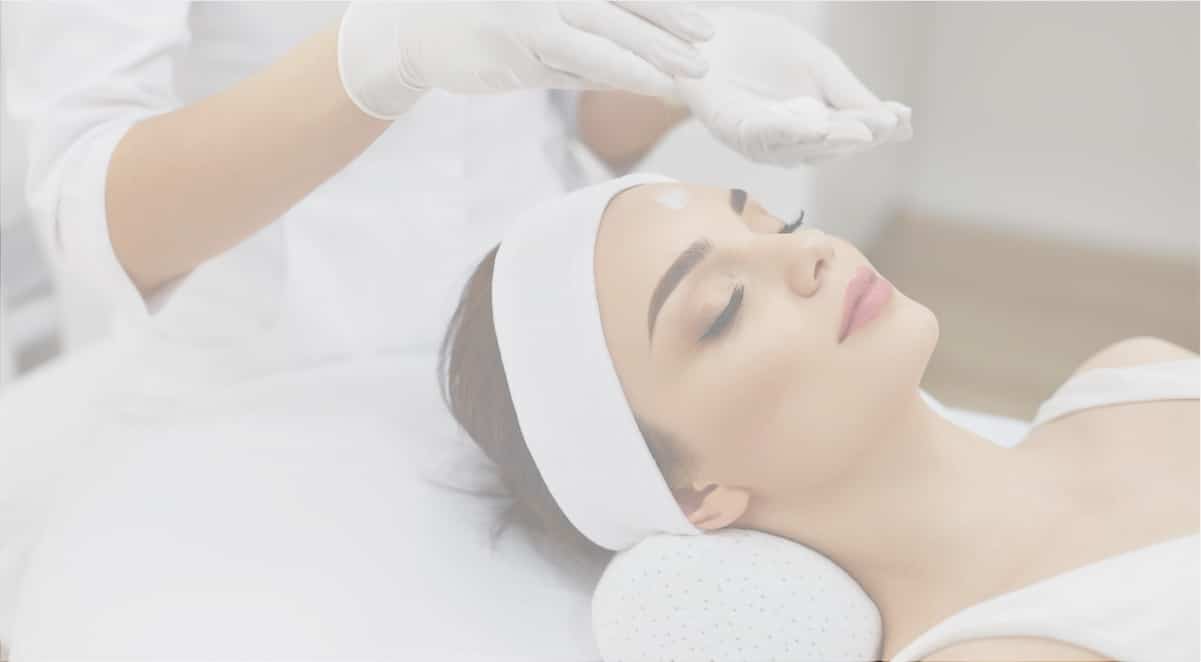
Boils are skin infections that begin in an oil gland or hair follicle. Also known as skin abscesses, boils form as a result of a cut or break in the skin, which leads to a bacterial infection. They are characterized as a red, tender area with a painful, pus-filled center that can open spontaneously or by surgical incision. Some boils are caused by ingrown hairs, while others are caused by plugged-up sweat glands, like some types of cystic acne. In all cases, boils are caused by the rapid growth of bacteria under the skin, which can lead to growths.
Anyone can get a boil. That said, people with weakened immune systems are more susceptible to boils than the general population. These lesions grow quickly and are usually painful until they drain. When left alone, a boil will naturally come to a head and burst open, allowing the pus to drain and the skin to heal. Some lesions require skin boils treatments to suppress the infection, which can spread and cause additional sickness.
Boils tend to occur on parts of the body that have hair or sweat glands and are exposed to friction. This most often includes the face, neck, armpits or buttocks. There are several different types of boils, and we’ve detailed the most common below.
The easiest way to identify the type of boil you have is to visit the dermatologist. With a thorough physical examination, a doctor can diagnose and treat the type of boils you have. Schedule a visit at our Mt. Vernon office today to figure out, once and for all, what that painful bump is.
Boils respond well to home remedies. To promote healing, apply heat to the boil in the form of hot soaks or compresses. Keep the area clean, apply over-the-counter antibiotics and then cover with gauze. Do not puncture or squeeze the boil, as this can lead to further infection. If the boil treatment does not cause the growth to go away within two weeks, or is accompanied by a fever or is painful, contact your dermatologist. The doctor will clean, lance and drain the boil and prescribe an antibiotic to alleviate the infection.
While boils respond well to home remedies, some situations require a visit to the doctor. Boils on the face, near the spine, or near the anus should be treated by a medical professional. Additionally, if the boil grows larger, if there are additional lumps near the boil, or if the area around the growth is red and/or has streaks leading to it, you should visit the doctor. These are all signs of a serious infection and a more intense boil treatment will be needed.
Remember that what you think is a boil may be something else entirely. Visiting our Mt. Vernon clinic is the best way to figure out exactly what that bump is. A quick skin check can provide a diagnosis and personalized treatment strategy.
If you are interested in a birthmark evaluation by one of our board certified medical dermatologists, use this link to Contact Us.